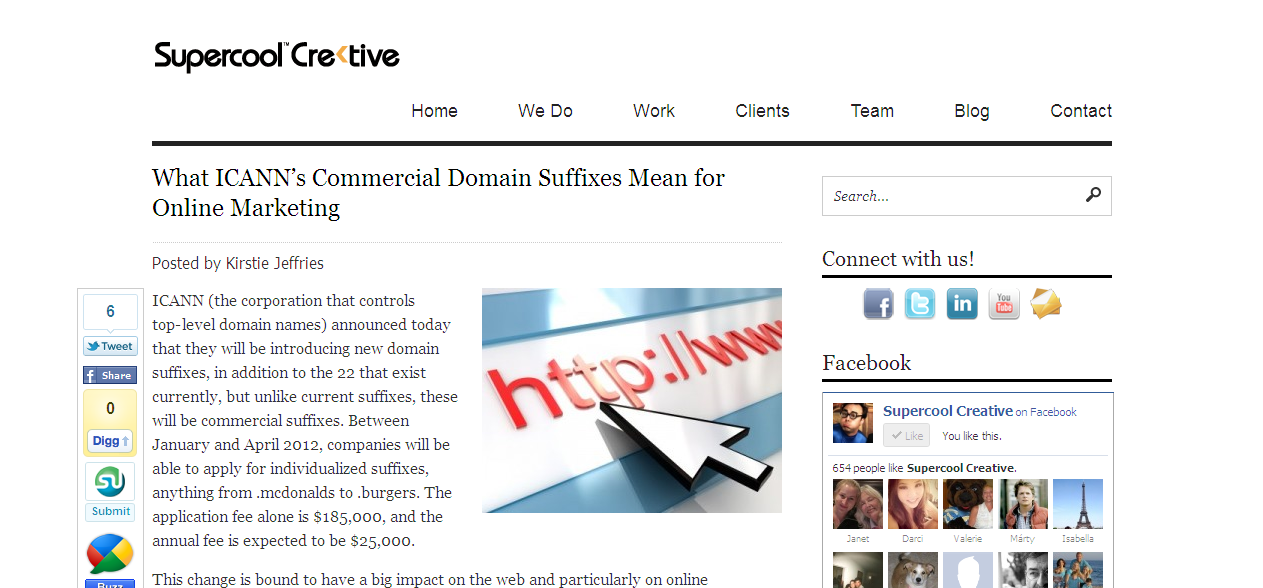Google Ads is an incredibly effective and cost-efficient tool for businesses, marketers, and advertisers to promote their brand. While setting up your first campaign may be fairly straightforward, crafting a truly effective campaign is a lot more complicated. I worked with Kiwi agency Ad Infinitum to share seven Google Adwords (as it was called at the time) dos and don’ts to make your next campaign a major success. Read it below or see the archived post here.
Did you know that the average business earns $2 for every $1 spent on advertising through Google Adwords? A well executed Adwords campaign can be instrumental in driving traffic to your website, resulting in fantastic potential for new leads and sales. These seven Google Adwords do’s and don’ts will help you craft the perfect campaign.
DO use Google’s Keyword Planner
Google’s Keyword Planner is where any successful Adwords campaign should begin. The free tool provides new ideas for keywords to target, shares valuable insight into search volume data and trends, and offers bid suggestions for each term. Regardless of how familiar you are with your market, you may be surprised by the performance of various campaign-relevant keywords. Adjusting your strategy accordingly will help you save money and see greater conversions.
DON’T just choose the most popular keywords
While it may be tempting to choose the related keywords with the highest search volume, these terms will have significantly greater competition, meaning you’ll need a higher budget to reach prospective customers. The most popular keywords may also be broader, which can result in a lower conversion rate, as audiences may be in the market for a very different product or service from the one you offer. Choose keywords that are highly specific to your campaign, and find the right balance between search volume and low competition.
DON’T forget about negative keywords
While targeting the right keywords is the first step to any Google Adwords campaign, don’t overlook the importance of also specifying negative keywords. This ensures that your ads will not be displayed when users search for a particular term. For example, if you want to sell premium WordPress themes, including “free” as a negative keyword will save you from having to pay for impressions or clicks by users who have searched for “free WordPress themes” and are therefore very unlikely to purchase anything. If you sell Bohemian-style, handcrafted bags, you may choose to use “designer” or “luxury” as negative keywords to weed out those who are looking for an entirely different product.
DO make use of ad groups
Keep your campaigns organized, target the right audiences, and track your results closely by utilizing Google’s ad groups. By dividing your campaign into groups with individual themes, you can create separate lists of keywords that focus on different audiences. Within each group, create at least two or three different ads, which can be rotated until you determine which performs best. Believe me, you’ll thank yourself for organizing your campaign from the outset rather than having to go back and do so later.
DON’T just send users to your homepage
The temptingly easy option would be to simply direct all traffic to the homepage of your website. That is where most visitors start, and, from there, they can find just what they’re looking for, right? Most Internet users are inundated with content and are short on time, so get them exactly where they need to be by targeting specific pages. Even better, create landing pages specifically for the Adwords campaign containing all of the information and following steps customers may need.
DO test everything
Creating the perfect Google Adwords campaign is often the result of trial and error. Make use of A/B testing by creating variations on your ads whose results you can then compare. Rotate through three or more ads, altering the headline, description lines, and display URL. Analyze the click through and conversion rates for each, and then do a second or even third round of tests. Not only will you optimize this particular campaign, but you’ll learn loads about what does and doesn’t work so you can skip straight to success on future campaigns.
DO use conversion tracking
To accurately determine which ads work best and how much your business should be spending on Adwords, be sure to have thorough conversion tracking in place before you launch your first campaign. Track conversions directly through Adwords, or go beyond by using Google Analytics’ extensive features. Pay attention to the demographics and behaviours – such as bounce rates and site time – of the users who click through to your website. Observe the paths these visitors take and analyse which ads, calls to action, and pages are most likely to inspire conversions. This will help you improve your Adwords campaigns as well as your website and overall sales and marketing strategy.
An effective ad campaign will save your business money and lead to valuable leads and sales. Google Adwords is easy to use but difficult to master, so follow these do’s and don’ts to take your campaign to the next level.










